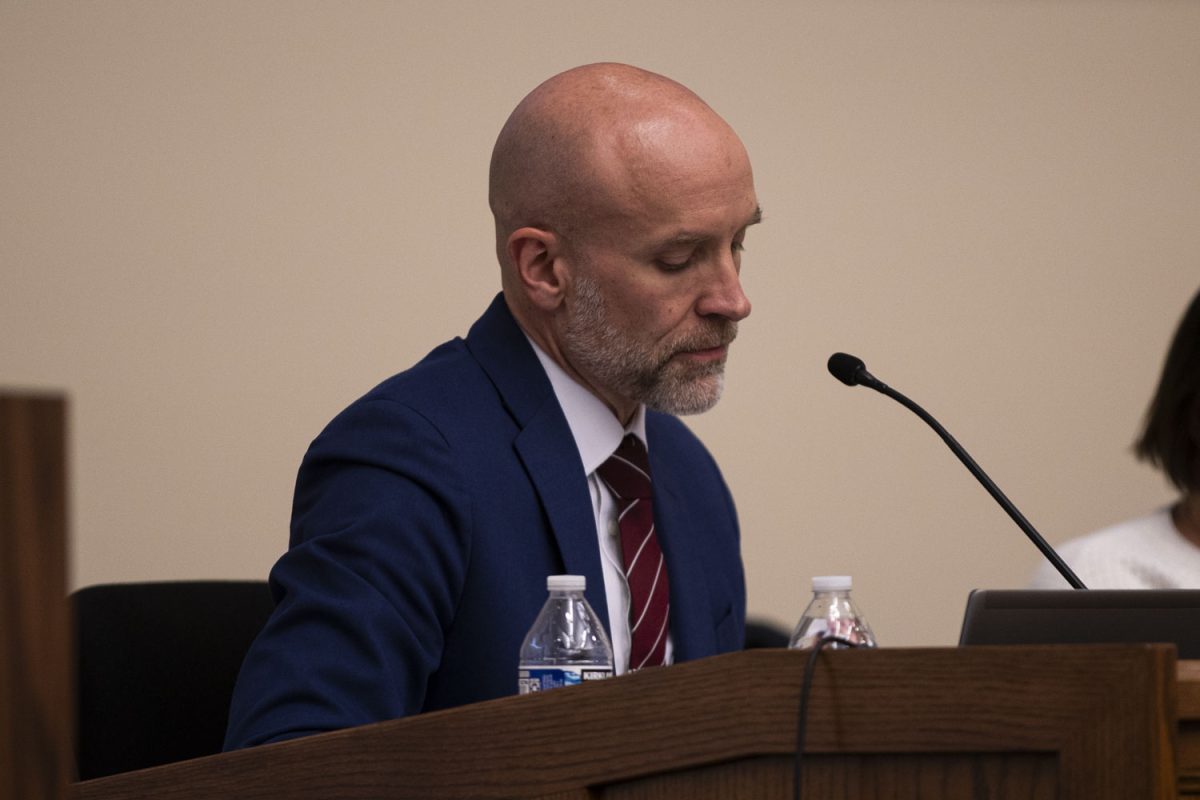Iowa needs to do a better job of taking steps to reduce agricultural nutrient pollution, according to a recent Environmental Protection Agency report.
A recent EPA inspector-general report found that 12 states need to take stronger action in monitoring and strategizing methods to reduce nitrogen and phosphorus runoff into the Mississippi River.
Such nutrients, used in agriculture for fertilization, wash off into the Gulf of Mexico, which has created a hypoxic “dead zone,” or one of low-oxygen, in the Gulf, which kills off marine life.
In 2008, the national Hypoxia Task Force called on river states to reduce their nutrient loads by 45 percent. However, the average size of the dead zone has not budged.
The report said states are in the process of developing plans to address the problem, but they need more weight behind them.
Iowa does not have a timeline set for achieving the 45 percent goal, which John Lawrence, director of the Iowa Nutrient Research Center, said is to be expected, given the magnitude of the required changes in agricultural practice and cyclical farm economy.
“It’s not just a few bad actors making some small changes, it is a dramatic change in the way we farm,” he said. “We’re potentially talking decades, depending on what the practice might be.”
The Iowa Legislature has devoted nearly $45 million since 2013 to improving water quality and more than $4 million in cost-share subsidies to encourage farmers to change practices.
Johnson County farmer Russell Meade has taken advantage of some of the subsidies as well as making independent changes.
He said he has invested in soil scanning to better distribute fertilizer, installed runways and native plants, and has transitioned to no-tillage farming on erodible land.
“I think most farmers have it on their minds,” Meade said, noting farm organizations have spread information about the issue.
He, like Lawrence, stressed patience.
“It’s one of those things that doesn’t have an overnight fix, and I think what’s hard for the public to understand is that this is something that is going to be measured in years and decades versus months,” he said.
He said farmers have made efforts to reduce nutrient use for their own economic benefits, and farmers are producing more food with less nutrients than 20 years ago.
Minnesota is the only involved state out of 12 to have set a timeline for reduction. However, it did so under a reduced “interim” plan of a 20 percent reduction in nitrogen and 25 percent in phosphorus by 2025, said University of Minnesota agriculture Professor David Mulla.
“Right now, we don’t feel that it’s technologically feasible or economically feasible to try to attain that 45 percent reduction,” he said. “We need other technologies that we don’t have right now in order to reach the higher goals.”
Mulla said Iowa and Minnesota are the only two states to have put significant legislative funding toward researching and fixing the issue.
Lawrence said there is disconnect between the media and annual agricultural schedule.
“We live in a 24/7 news cycle,” he said. “The farmers get one crop a year, and so the farmer may be making changes, it’s just that you won’t see that until a year from now.”
Scudder said she thinks the increase in numbers will make this goal more attainable.
“Hopefully, we can reach our goal this year because there are so many people,” she said.






